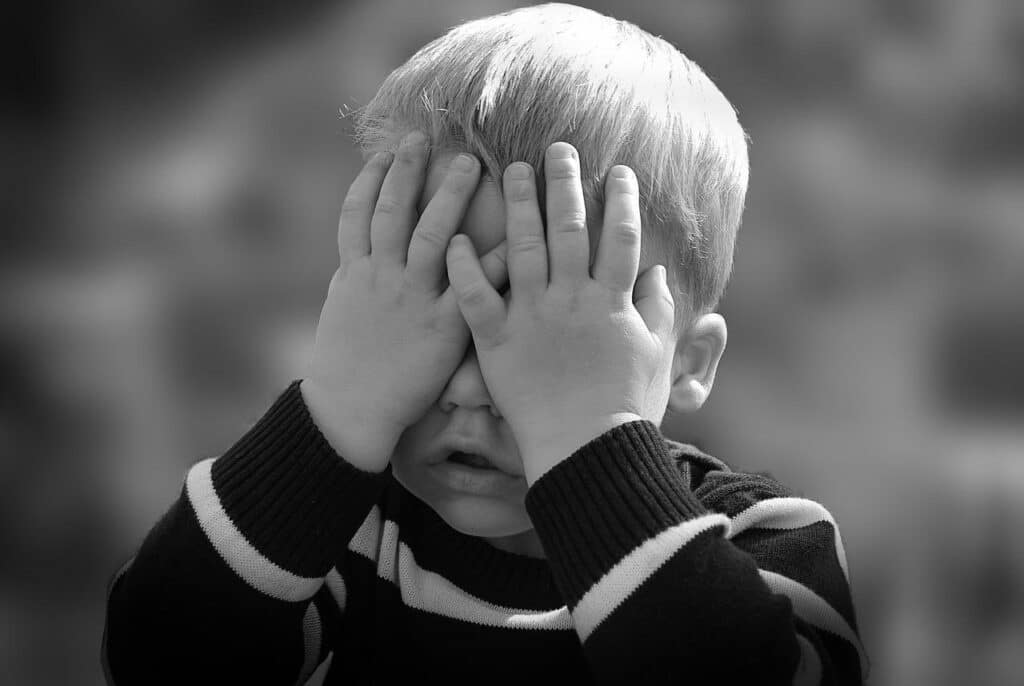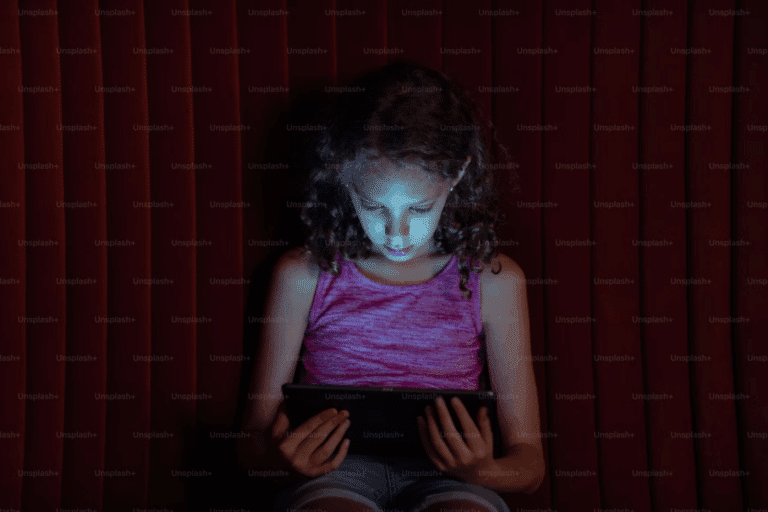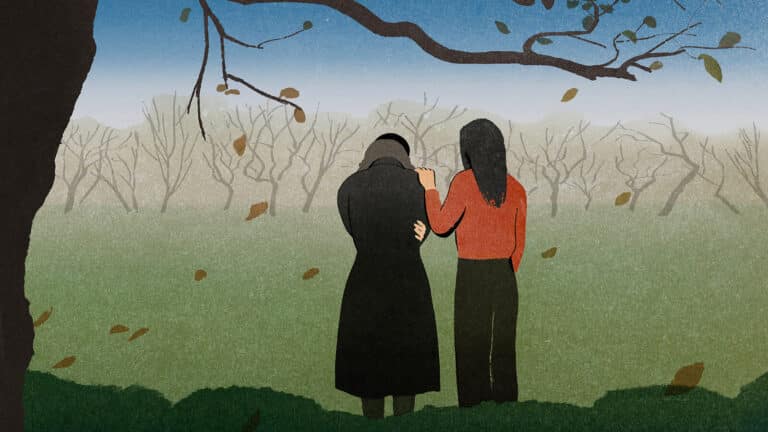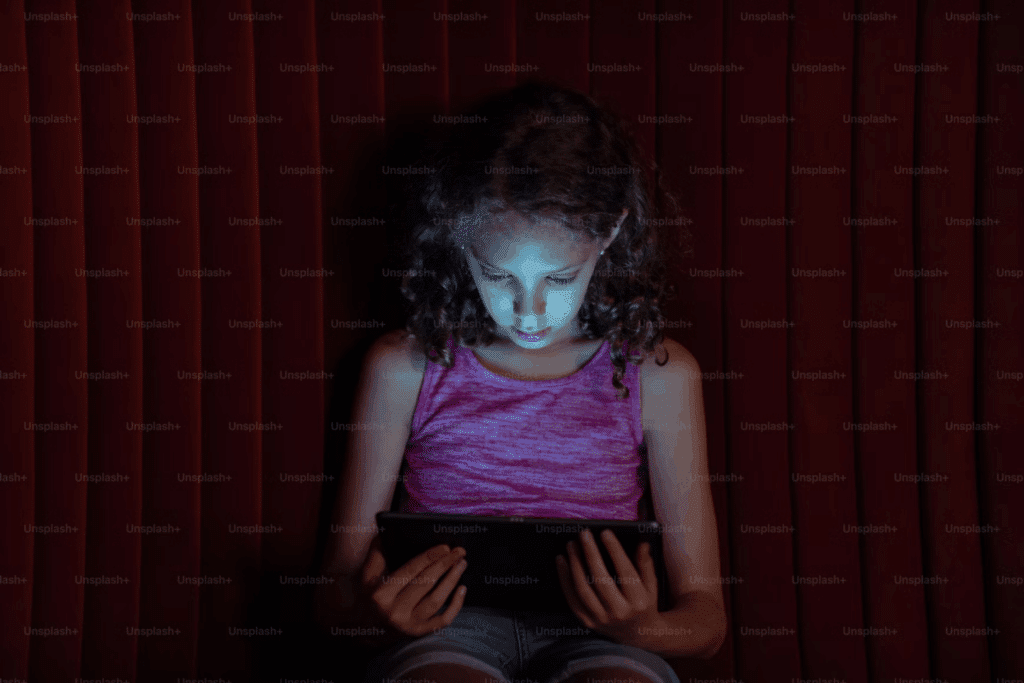Concussions are common among young children, especially during play and sports activities. These injuries can lead to serious health consequences if not recognized and treated promptly.
Many parents may not know how to identify warning signs because symptoms like confusion, dizziness, or changes in behavior do not always appear as a reason for concern and can be confused with normal childish behavior.
This guide explores the different types of traumatic brain injuries that impact children, so keep reading to learn how to protect your little ones from potential harm.
Understanding Childhood Concussions
Concussions are a type of traumatic brain injury that occurs when the brain moves rapidly within the skull. This movement can result from impacts, falls, or collisions.
According to data from the Centers for Disease Control and Prevention (CDC), around 283,000 children visit emergency rooms annually due to sports-related head injuries.
Several factors make young children more vulnerable to these injuries. Their brains are still developing, so they may not be as resilient as adult brains during impact. Furthermore, children’s larger heads relative to their bodies increase their risk of falling and sustaining injuries.
Signs to Identify Concussion
Recognizing the signs of a concussion in children is essential for prompt action and care. Symptoms can vary, but some common indicators include confusion or difficulty concentrating. You might notice that your child becomes unusually forgetful or seems dazed.
Physical symptoms often present themselves as headaches, dizziness, or nausea. Chance changes may also occur, causing them to stumble more frequently than usual. Look for emotional changes, too; increased irritability or sadness can signal an issue.
Sleep disturbances are another important sign to watch for. Your child may have trouble falling asleep or seem excessively sleepy during the day.
Recovery Time for Concussions

The recovery time for a concussion varies significantly from child to child. Most children begin to feel better within a few days to weeks. However, some may experience symptoms that last longer, even up to several months.
Medical professionals often advise resting physically and cognitively during the initial recovery period. Hospitalization is not typically necessary. In most cases, a follow-up visit with a healthcare provider is all you need to ensure proper recovery and assess the child’s readiness to return to sports or school activities.
Legal Rights Following a Concussion
When a concussion results from someone else’s negligence, the injured party may have the right to seek compensation. This applies not only to children but also to adults affected by similar circumstances.
For instance, if a coach fails to enforce safety rules during sports practice and a child suffers an injury, that could be grounds for legal action.
Pursuing compensation for traumatic brain injury can be complex because one must establish liability and demonstrate how negligence directly caused the harm. Navigating these cases requires expertise in personal injury law, so working with an experienced lawyer is crucial.
Conclusion
Understanding childhood concussions is essential for parents and caregivers. Recognizing the signs, knowing recovery expectations, and knowing legal rights can help ensure children’s safety and well-being.
Being proactive about prevention, treatment, and support creates a healthier environment for young athletes to thrive physically and mentally. Awareness leads to better outcomes in protecting our children.















